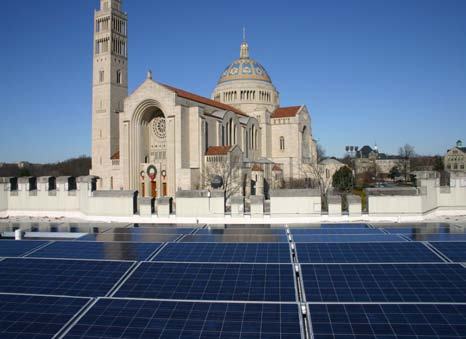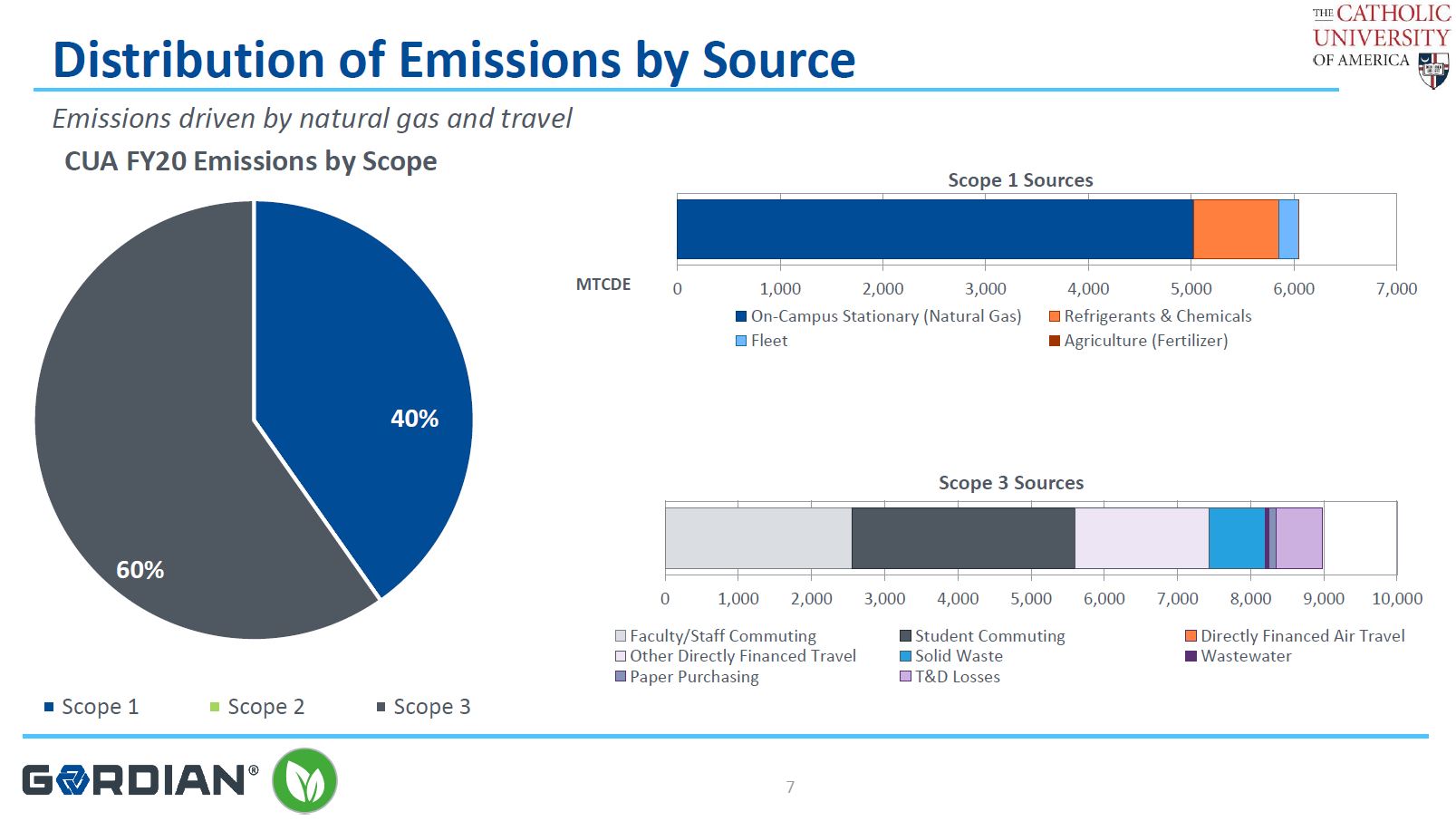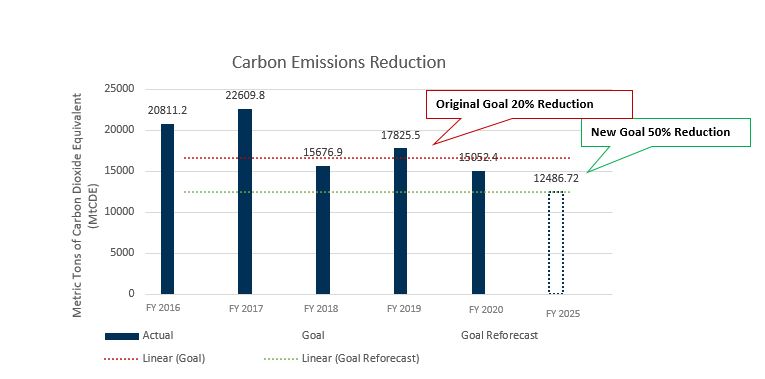
GHG Overview
The GHGs we focus on during inventories are those that have the most significant negative impacts on our environment.
Carbon dioxide (CO2) is the primary GHG emitted through human activities. Carbon dioxide enters the atmosphere through burning fossil fuels (coal, natural gas, and oil) and several other processes, and is removed from the atmosphere when it is absorbed by plants.
Methane (CH4) is emitted during the production and transport of coal, natural gas, and oil, as well as a result of livestock and other agricultural processes, land use, and the decay of organic waste in municipal solid waste landfills.
Nitrous Oxide (N2O) is emitted during agricultural, land use, and industrial activities, combustion of fossil fuels and solid waste, and during the treatment of wastewater.
GHG Emission Scopes
In GHG inventories, emissions are broken into three categories to better understand the source of emissions and how to control them.
Scope 1 - All Direct Emissions. Emissions that an organization can directly control. This category often includes on-site fuel combustion and vehicles.
Scope 2 - Indirect Emissions. Emissions from purchased energy sources, such as electricity, steam, heat, or cooling.
Scope 3 - All other Indirect Emissions. Emissions from sources that are not owned or controlled, but that the organization indirectly impacts. For example, purchased goods and services, commuting and business travel, and waste generation.
GHG Emissions at Catholic University
In FY 2020, Catholic University emitted 15,052.4 metric tons of carbon dioxide equivalent emissions.
This is equivalent to the GHG emissions from 3,274 passenger vehicles driven for one year or 37.8 million miles driven by an average passenger vehicle. It is also equivalent to the CO2 emissions from 1.7 million gallons of gasoline consumed or 1.8 million smart phones charged.

The latest available data on GHG emissions reflects the period of May 2019 through April 2020. At Catholic U, 60% of emissions are hard-to-control Scope 3 emissions. Over two-thirds of the Scope 3 emissions are attributable to commuting and company travel, which has remained consistent since 2018. Waste comprises a large portion of the remaining Scope 3 emissions, and has increased slightly since FY 2019.
Scope 1 represents the remaining 40% of emissions. There are no Scope 2 emissions as the University offsets 100% of its electricity use annually through the purchase of Renewable Energy Credits (RECs); therefore, Scope 2 emissions have been eliminated.
Since the University first started tracking emissions, it has reduced total emissions by 56% compared to FY 2007. This is attributable to improvements in energy efficiency, the purchase of renewable energy credits, and the phase-out of harmful ozone-depleting refrigerants. Since 2007, the University square footage has decreased by 4% and the student population has decreased by 3%.
GHG Emissions and COVID-19
The latest data covers the first six weeks of the pandemic. Once released, the FY 2021 emissions inventory will show the direct impact COVID-19 had on campus emissions. FY 2021’s data is expected to reflect lower Scope 3 emissions due to less commuting to and from campus and reduced business travel. It will also reflect the culmination of the campus-wide Energy Project which is expected to show significant reductions in natural gas and electricity.
Emissions and the Sustainability Plan
In 2020, the University released its 2020 Sustainability Plan, which has new goals to reduce GHG emissions, specifically carbon emissions. FY 2016 is the baseline as this was the last full year of data before the University began construction on the Energy Project. By the end of FY 2025, the University aspires to reduce carbon emissions by 20% compared to FY 2016 levels, which is equal to 4,162 metric tons of carbon dioxide equivalent (MtCDE). This is equivalent to charging 506 million smartphones or powering 501 homes.
Based on FY 20 data, the University reduced its emissions by 28% compared to the baseline, which is equal to 5,758 MtCDE.

What's Next?
- Recycle and Compost: There are recycling bins across campus and compost bins in the Pryz and Garvey Hall.
- Use alternative transportation: When feasible, consider using alternative transportation methods to get around town. MetroBus, MetroRail, carpooling, biking, scooters, and walking are all ways to reduce emissions. Visit the Catholic’s Transportation and Parking office to learn more.
- Use virtual meetings: When feasible, attend virtual conferences instead of attending in-person events.
- Follow Catholic U Sustainability for tips and strategies for living a more eco-friendly life.
